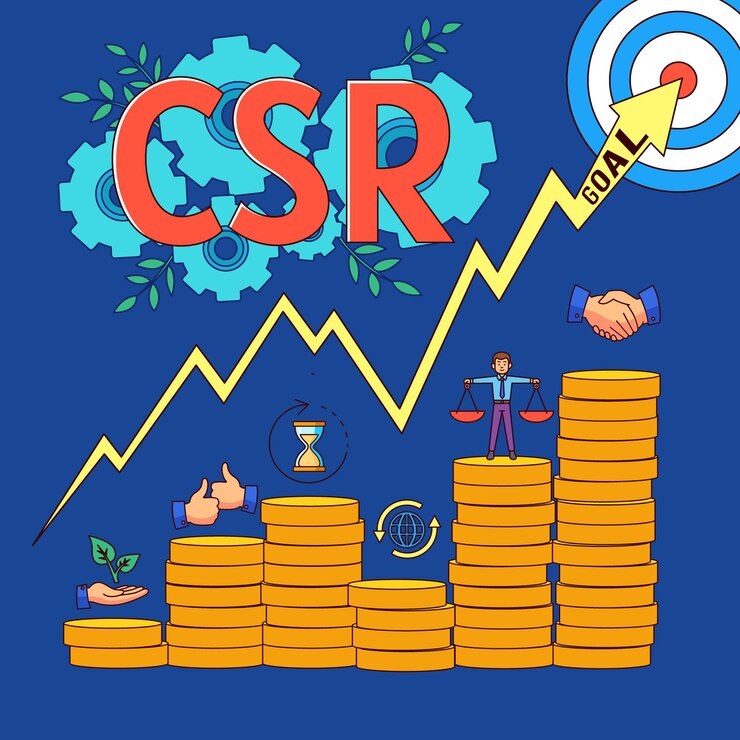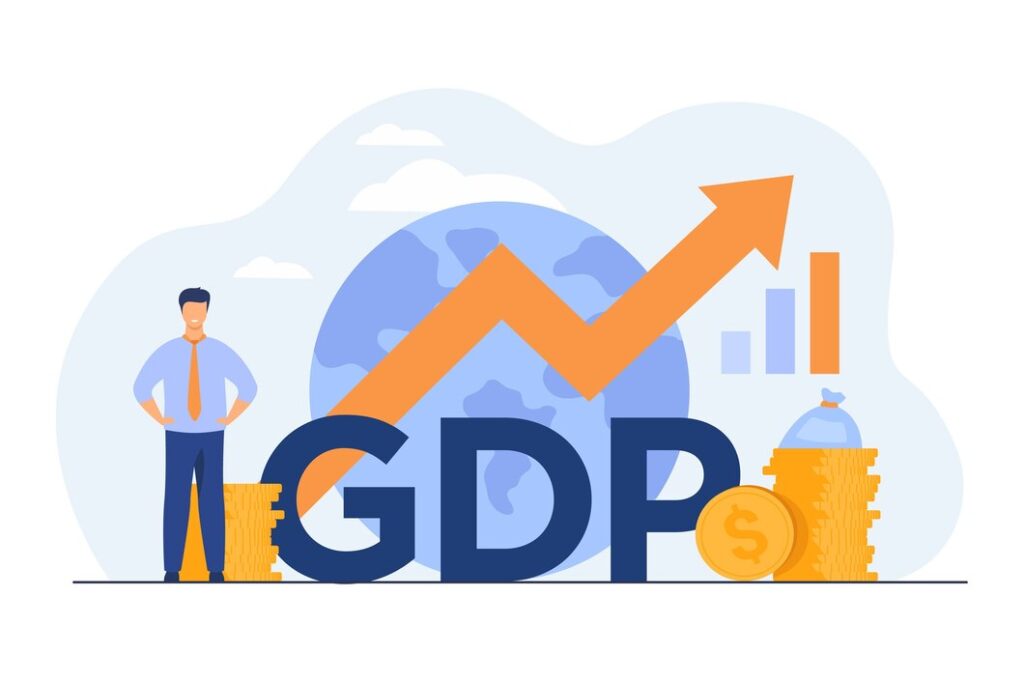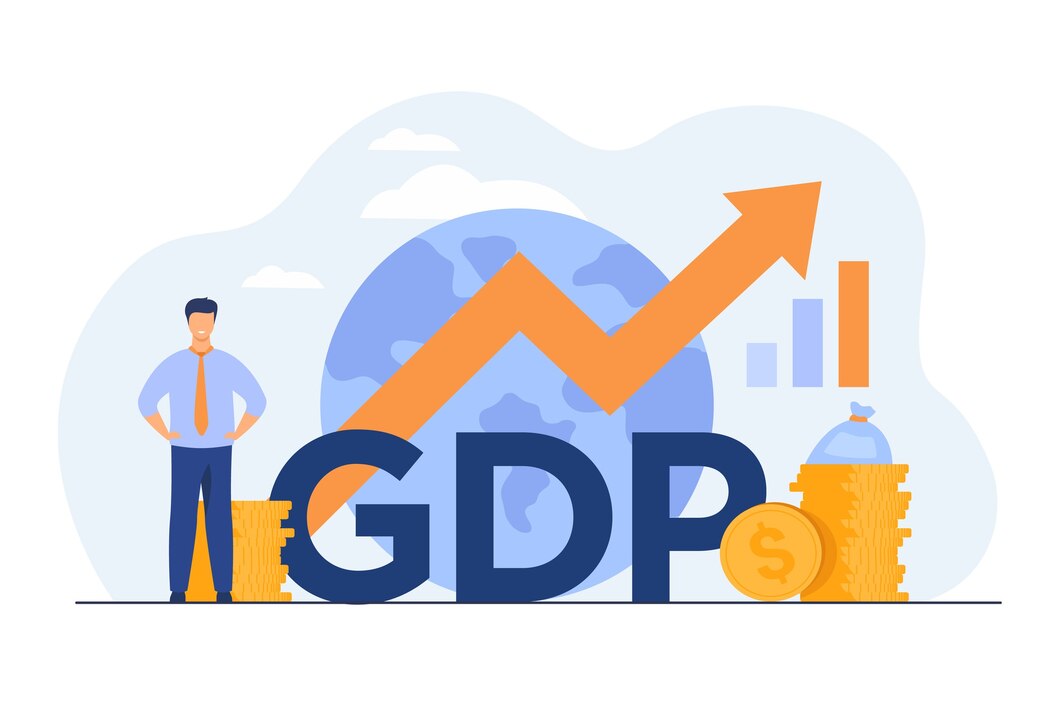
As of today, the Gross Domestic Product (GDP) growth rate is a key economic indicator reflecting the economic health of a country. India’s GDP rate is influenced by various factors such as industrial production, services sector growth, agricultural output, and government spending. The rate fluctuates based on quarterly reports and is influenced by both domestic and global economic conditions.
Detailed Analysis of India’s GDP Growth Rate:
- Current Rate:
- The most recent GDP growth rate for India is X% (where X represents the actual figure as of the latest available data).
- Quarterly Trends:
- India typically reports its GDP on a quarterly basis, with growth rates varying due to seasonal factors, policy changes, and global economic conditions. The GDP growth rate is reported by the Ministry of Statistics and Programme Implementation (MoSPI).
- Economic Sectors:
- Agriculture: Contributes significantly to India’s GDP, with monsoon patterns and agricultural productivity playing crucial roles.
- Manufacturing: The industrial sector’s performance, including manufacturing and construction, is a major determinant of GDP growth. This sector’s output is influenced by domestic demand, export performance, and industrial policies.
- Services: The services sector, including IT, finance, and hospitality, is the largest contributor to India’s GDP. Growth in this sector is driven by domestic consumption, investment in infrastructure, and global demand for Indian IT services.
- Government Initiatives:
- The Indian government has implemented various initiatives to boost GDP growth, including infrastructure development, digital transformation, and policy reforms aimed at improving the business environment.
- Atmanirbhar Bharat: A significant government initiative aimed at making India self-reliant, focusing on manufacturing, innovation, and local production, which has a direct impact on GDP growth.
- Global Economic Influence:
- Global economic conditions, such as trade relations, oil prices, and geopolitical stability, affect India’s GDP growth. For example, fluctuations in global oil prices can impact India’s import bill, influencing overall economic performance.

- COVID-19 Impact:
- The COVID-19 pandemic had a significant impact on India’s GDP, leading to a contraction in growth during the initial phases. However, the economy has been recovering steadily, with various sectors showing resilience and growth.
- Future Projections:
- Economists and financial institutions provide GDP growth projections based on current trends, policy impacts, and global economic conditions. These projections help in understanding the future trajectory of India’s economic growth.
- Comparison with Other Countries:
- India’s GDP growth rate is often compared with other emerging economies, such as China and Brazil, to assess its relative economic performance on a global scale.
- Challenges:
- Key challenges to sustaining GDP growth include managing inflation, reducing unemployment, addressing fiscal deficits, and ensuring inclusive growth across all sectors of the economy.
- Conclusion:
- India’s GDP growth rate is a critical indicator of its economic health, reflecting the performance of various sectors and the effectiveness of government policies. Continuous monitoring and strategic planning are essential to maintain and enhance growth in the coming years.
For the most up-to-date and precise GDP growth rate, it is advisable to refer to the latest reports from the Reserve Bank of India (RBI), Ministry of Finance, or international financial institutions like the International Monetary Fund (IMF). These sources provide official and authoritative data on GDP and related economic indicators.

[…] innovation and quality. Whether developing cutting-edge software or providing expert consulting, TechIndia is known for its commitment to […]